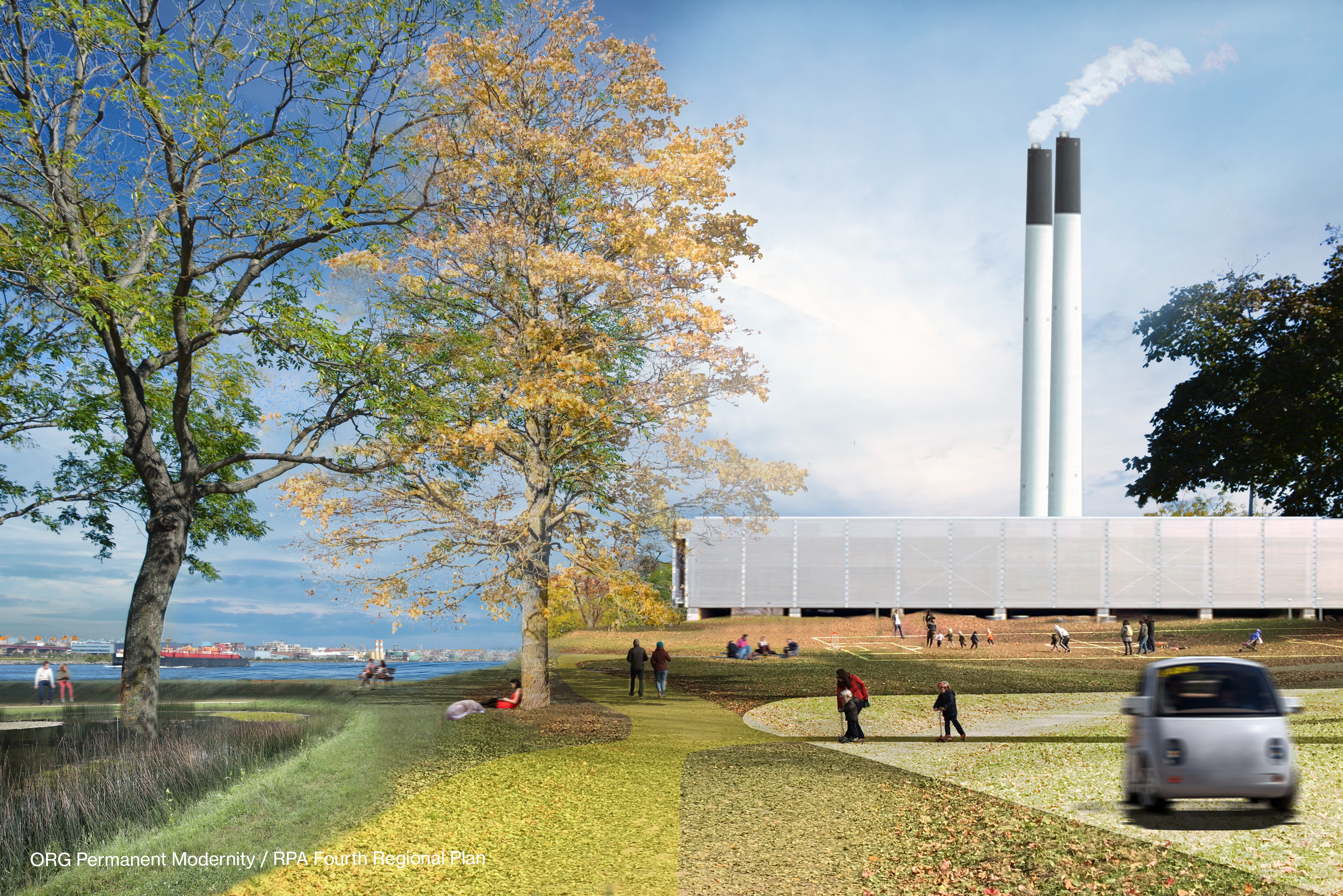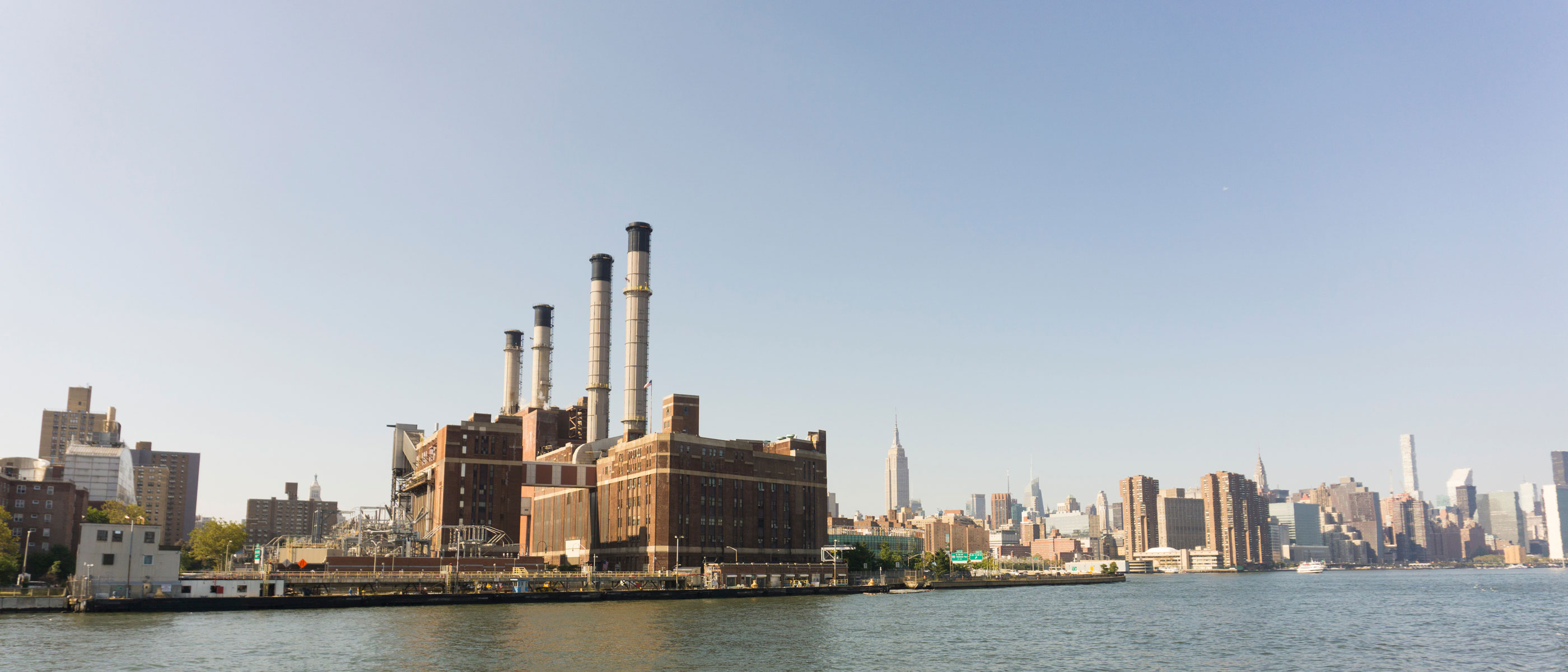

The region’s critical infrastructure, already struggling with the effects of age and underinvestment, is also facing additional threats from climate change. Superstorm Sandy demonstrated how flooding from storms can wreak havoc on the power, transportation, wastewater, telecommunications, and social-service systems, but the gradual rise of sea levels also threatens to inundate dozens of critical facilities in the coming decades. Higher temperatures and more-intense precipitation can also exacerbate existing weaknesses in our infrastructure. The region must not only upgrade and repair assets like power plants and wastewater treatment facilities to withstand the threats of climate change, but also redesign critical systems like energy and telecommunications so that disruptions are as limited as possible, and do not lead to cascading failures across multiple systems.

In the coming decades, our critical infrastructure will not just face threats from powerful storms, but from rising sea levels and temperatures as well. By 2050, nearly 60 percent of the region’s power-generating capacity will be at risk of flooding, along with 21 percent of public housing units, 40 percent of wastewater treatment plants, 115 rail stations, and dozens of miles of subway and commuter rail routes. Superstorm Sandy caused power outages for more than eight million people, severely damaged public transit, and dumped billions of gallons of untreated sewage into our waterways. Regional infrastructure in the lowest lying areas will begin to experience frequent or permanent inundation from sea-level rise, including two airports (Teterboro and, without continued investment, LaGuardia), critical roads and railways, more than 35 major wastewater treatment plants, and over 1,600 sites with hazardous chemicals, in addition to vital economic and cultural assets, from public beaches to Giants Stadium.



Precaution and planning go a long way toward preventing failures, but cannot eliminate them entirely. By working redundancy into our critical infrastructure systems disruption is kept to a minimum. This can look different depending on the type of infrastructure. Innovations in the energy sector like microgrids allow for better distributed energy resources and can be isolated from the macrogrid when necessary—benefitting those inside and outside the microgrid. Green infrastructure-like bioswales and rain gardens help absorb stormwater, reducing the chance of an overwhelmed sewer system releasing untreated water. For transportation infrastructure, the proposed Gateway project to construct two new rail tunnels under the Hudson River would both increase capacity and create redundancy if one or more of the existing tunnels need to be shut down.
A failure of one critical system can lead to a domino effect, causing many more to fail. For example, a power outage can disrupt the function of wastewater treatment plants. Fortunately there are innovations that can mitigate cascading failures by keeping facilities and networks at least partially functioning, even when related systems are disrupted. Many of these adaptation strategies involve backup power or cogeneration, such as with wastewater treatment plants and pumping stations, or for cell towers and data centers. Excellent examples include the NJ Transit Grid, a $400 million initiative to both protect a portion of the NJ Transit system from interruptions to the centralized power grid and incorporate green energy production; and NYC’s Red Hook Mesh Network, a community-built WiFi network that keeps communications functioning 24/7—even during disasters.
There are many ways to make critical infrastructure more resilient while at the same time providing additional benefits to the surrounding communities and region. Natural and nature-based solutions, in particular, can help accomplish this. For example, cleaning up contaminated sites using phytotechnology, where specific plants are used to extract contaminants from the soil, also increases green space and absorbs stormwater. Microgrids and other upgrades to the energy grid increase the share of renewable energy sources, while green infrastructure that alleviates storm drainage not only reduces the sewage wastewater treatment plants must process, but also helps cool urban areas, thereby improving the community’s overall health and well-being. One of the biggest impediments to most of these strategies is the need for skilled workers to implement them. However, this can also be an opportunity for local-workforce development, if implemented properly.
While funding to build and maintain critical infrastructure is not at all sufficient to address all the needs, it still represents more money than is currently allocated for climate change adaptation projects in general. By linking adaptation to infrastructure spending, there is more funding for adaptation and infrastructure programs that are able to withstand current and future hazards. The proposed state adaptation trust funds could provide gap financing to enhance adaptation improvements as part of infrastructure projects.
Over the next decade, larger-scale systems should be overhauled, with rapid growth in the number of microgrids and other strategies that create self-reliance and redundancy. There should be an acceleration in preparing land for permanent inundation through remediation, and protecting or relocating critical facilities like train lines and power plants. By 2040, all systems—from power to transportation, wastewater, hospitals, and schools—should be able to withstand greater natural and man-made stresses with minimal disruption, and provide a greater and more diverse set of benefits.
The cost of adapting our critical infrastructure to new standards of resiliency varies widely depending on the project and type of infrastructure. To complete all necessary upgrades to the region’s critical infrastructure would cost tens of billions of dollars, although these expenditures would defray even larger costs resulting from damage to these facilities from flooding and other climate impacts. Funding for projects would be incorporated into agency capital programs and distributed among federal, state, and local sources. The state adaptation trust funds proposed by RPA could supplement this funding for high-priority investments.